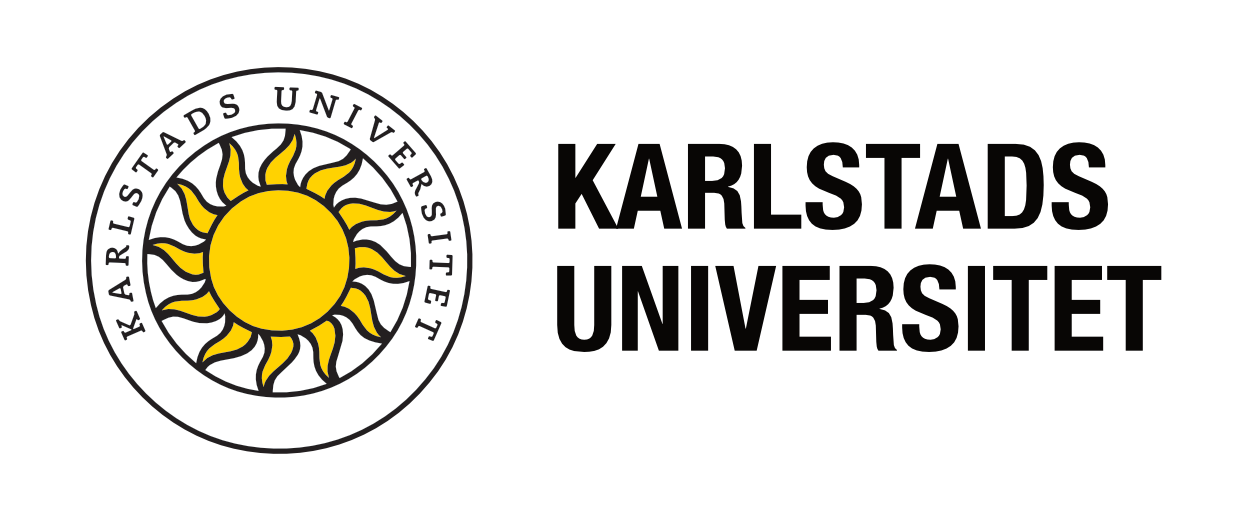How do you train students to read and understand scientific articles? Here is a lesson plan suitable for a group of 25-30 students in a physical classroom.
Continue reading “How to Read Scientific Research Articles: A Hands-On Classroom Exercise”Tag: Teaching forms
Tips: Better technical drawing with peer review
Mikael Åsberg shares a scheme where future machine engineers trains each other in technical drawing. A system with controlled peer review provides less correction work for the teacher, more time with the students for dialogue and reflection and better quality of the students’ drawings. And the scheme is useful far beyond the subject of technical drawing!
Continue reading “Tips: Better technical drawing with peer review”The tree-step-strategy for reading scientific articles
For the unaccustomed student, it is easy to drown in details when trying to read scientific text such as research articles. It ends in confusion. The student needs a clear strategy to stick to. Here, Kershav describes a useful three-step method to keep the reader’s head safely above the water’s surface.
Continue reading “The tree-step-strategy for reading scientific articles”Peer response: Tools to improve student academic writing
How can you best work with peer response on academic text? Peer review versus peer response. Create good text seminars. Using a reading log and three didactic questions for text analysis. — A presentation.
Continue reading “Peer response: Tools to improve student academic writing”Lessons in hybrid form: Students both in the room and online
Campus teaching with some of the students present online – hybrid teaching – is very demanding for the teacher. But if you are up to the challenge, here are some advice on what to consider.
Continue reading “Lessons in hybrid form: Students both in the room and online”Plan an intro session online
How do you set up a really good online course introduction ? What elements should it contain? In which order? How do we keep the students interested? How do you design a good session schedule, one that also function well when leading the session together with colleagues? Here is a commented example that can also work as a template.
Continue reading “Plan an intro session online”Are you blended or just flipped? Synchronous or asynchronous?
Blended learning, flipped classroom, synchronous or asynchronous teaching communication. What do the terms mean?
Continue reading “Are you blended or just flipped? Synchronous or asynchronous?”About feedback: Feed up, feed back och feed forward
The terms feed up, feed back and feed forward come from a classic article by John Hattie and Helen Timperly. What do they stand for?
Continue reading “About feedback: Feed up, feed back och feed forward”Tips: Support matrices to identify where students need help
Support matrices is a digital tool that helps students to keep track of their progress in sections of a course that include exercise or training tasks and which also helps the teacher to identify tasks that cause difficulties in the student group. In this way, the teacher can adapt the teaching so that the focus ends up where it does the most good.
Continue reading “Tips: Support matrices to identify where students need help”Story: Follow a distance student
The project Follow a distance student followed students who took distance education during the pandemic in the spring semester 2020 and mapped their experiences and needs. The goal was to be able to develop pedagogy and technical pedagogical aids in distance education during the autumn term 2020. The students’ experiences were about loneliness, swaying technology and the distance form itself. (Video, 45 mins., Swedish language).
A survey performed by Karlstad’s student union about student experiences during the pandemic is also reported.

